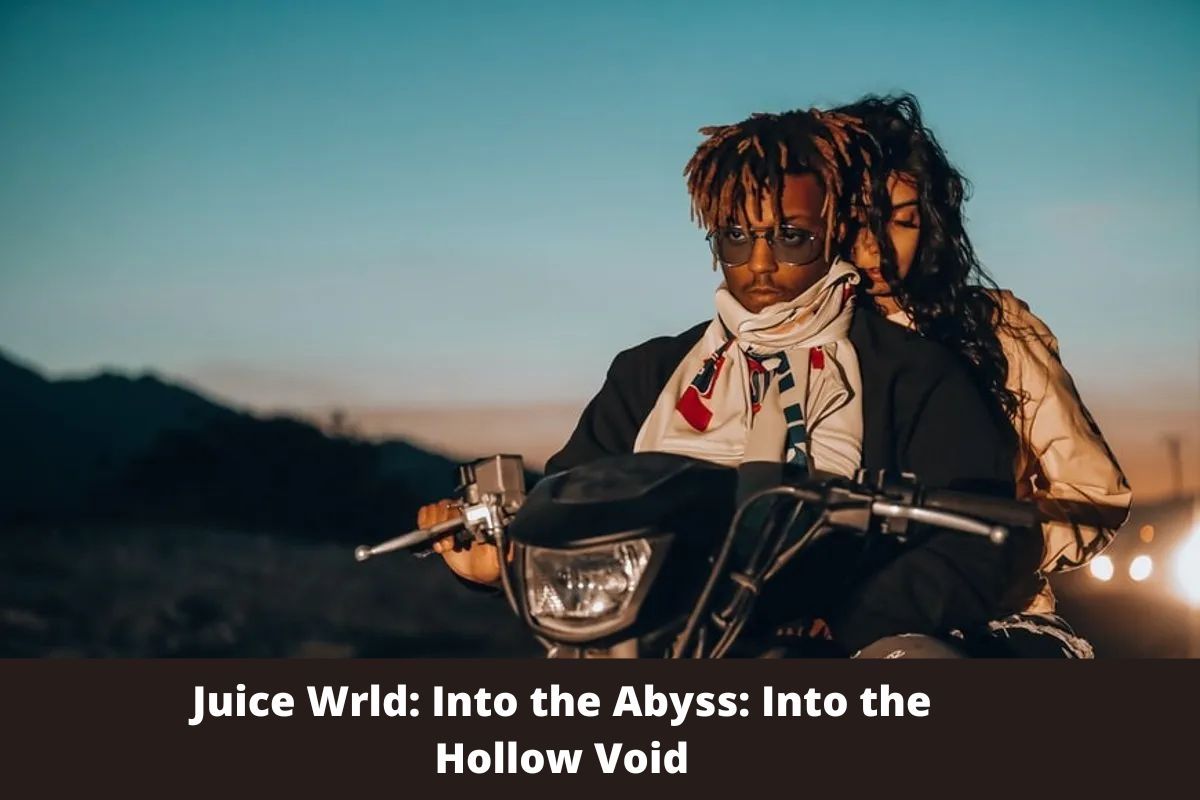G Herbo, in his song Juice Wrld, discusses the thin line that separates fantasy from reality. The documentary combines this idea about the blinding effects of music with the Abyss, a topic that is central to hip-hop. He describes how he drank the same amount of Juice regardless of his mood. However, there are occasions when no one is paying attention.
The message behind hip-hop has always been important, but it risks being lost in the music’s development. Even if the beats are hyphy, the lines may not be, as Danny Brown, like Juice Wrld, has had to defend the morality of his lyrics by saying that his music is full of warnings. This has been the case with Juice Wrld, and unfortunately, Juice Wrld: Into the Abyss does not correct this misconception.
To put it bluntly, Juice Wrld: Into the Abyss is longtime filmmaker Christopher Long’s conclusion of material from his career, told in a series of interviews that take up only 15 minutes of the film’s 109 total minutes. This movie gives us a peek at a creative genius at work, even as we see him battling problems and trying to cover them up with drugs. Unfortunately, it just hints at that, leaving us with the job of dissecting the film like a psychologist or psychiatrist.
Despite this, the film’s soundtrack and context are both unexpected. If you’re a fan like me, you’ll retain an open mind and realize that what you’re getting isn’t a portrait. What you get is an uneven portrait that presents images built in a monotonous fashion up until the voyage ends.
The music and lyrics of Kid Cudi, which have helped many of his followers through tough times, are included in the documentary A Man Named Scott. It’s true for a wide variety of musicians, but it’s especially integral to the success of hip-hop because of the genre’s emphasis on raw, honest expression.
For want of a better description, Juice Wrld is the embodiment of relatability, and this is precisely where Juice Wrld: Into the Abyss fails. Much of the article is devoted to elaborating on Juice Wrld’s career as an artist, while the real Juice Wrld himself is never discussed.
The artist archetype is present, but far too much time and energy are devoted to developing that character. This site is shown by the images of Juice Wrld at work, as well as the images of Juice Wrld confounding interviewers with his rhythm, talent, and age. Juice represented the youthfulness of its creator, so it was lovely to watch him having a good time with pals like Ski Mask the Slump Dog, and G Herbo. It’s wonderful to witness his exceptional creative process in action.
The negative side is only given a few images and interviews here and there, which is disappointing. Seeing what appears to be an ordinary day in the life of Juice Wrld has left me bewildered, yet I can see how his music contributes to many different levels of art and the human mind. He’s always looking fucked up, whether he’s putting codeine in sprite bottles or sticking his tongue out after popping five or six Percocets.
Not knowing if his day was great or terrible and having to rely on what we’ve seen before is a result of the information being revealed to us at a later date. Scenes of him using drugs and making music are shown, but they are merely depicted rather than incorporated into any deeper themes or insights.
The music of Juice Wrld, including the legendary singles “Lucid Dreams” and “Lean Wit Me,” is just briefly discussed with boring visuals. The two discuss Juice’s sadness and addiction and their repercussions, and yet here it is, bringing the song’s greatness back into focus without peeling away at the album’s surface. Since Juice is a rock star, she attracts a diverse following, which isn’t always represented in the audience. For my part, I like to back up and inquire about the song’s lyrics.
Who was it that these songs resonated with, and what changed? I’m curious to see how many people Juice Wrld has helped feel heard and saved, and how many different ways those people have expressed their appreciation.
It’s disappointing that Juice Wrld: Into the Abyss manages to have it both ways without delivering a satisfying product befitting the subject. The Abyss is, in a nutshell, the submerged location from getting Out (2017) minus the hypnotism and with more terrible character choices throughout. Never explains it till the very end, and we have to sit through a lot of interviews (some good, some horrible) before we get there. His head was Juice Wrld’s abyss; his daily life was so devastating that he was trapped in a kind of purgatory from which he could not free himself.
G Herbo says in his interview that he found himself repeating the same routines of smoking pot, taking medications, and drinking lean, regardless of how the day had gone. Even if we can observe and interpret this, we are never satisfied with our impression that we are privy to the whole depth of Juice’s artistic expression. It’s annoying, though it might not have the same effect on other viewers.
Documentary Juice Wrld: Into the Abyss tries too hard to be original by using unconventional methods, but it fails to develop any compelling arguments. It captures the essence of an artist who is on his tenth round of revisions, yet you can’t help but wish for more. You’re interested in witnessing the dynamic between Juice Wrld’s music and his adoring followers, as well as his inner problems. As a result, the resulting documentary is hollow and unsatisfying.
Do follow our site dailyrealtime.com for more details we will update you daily.




